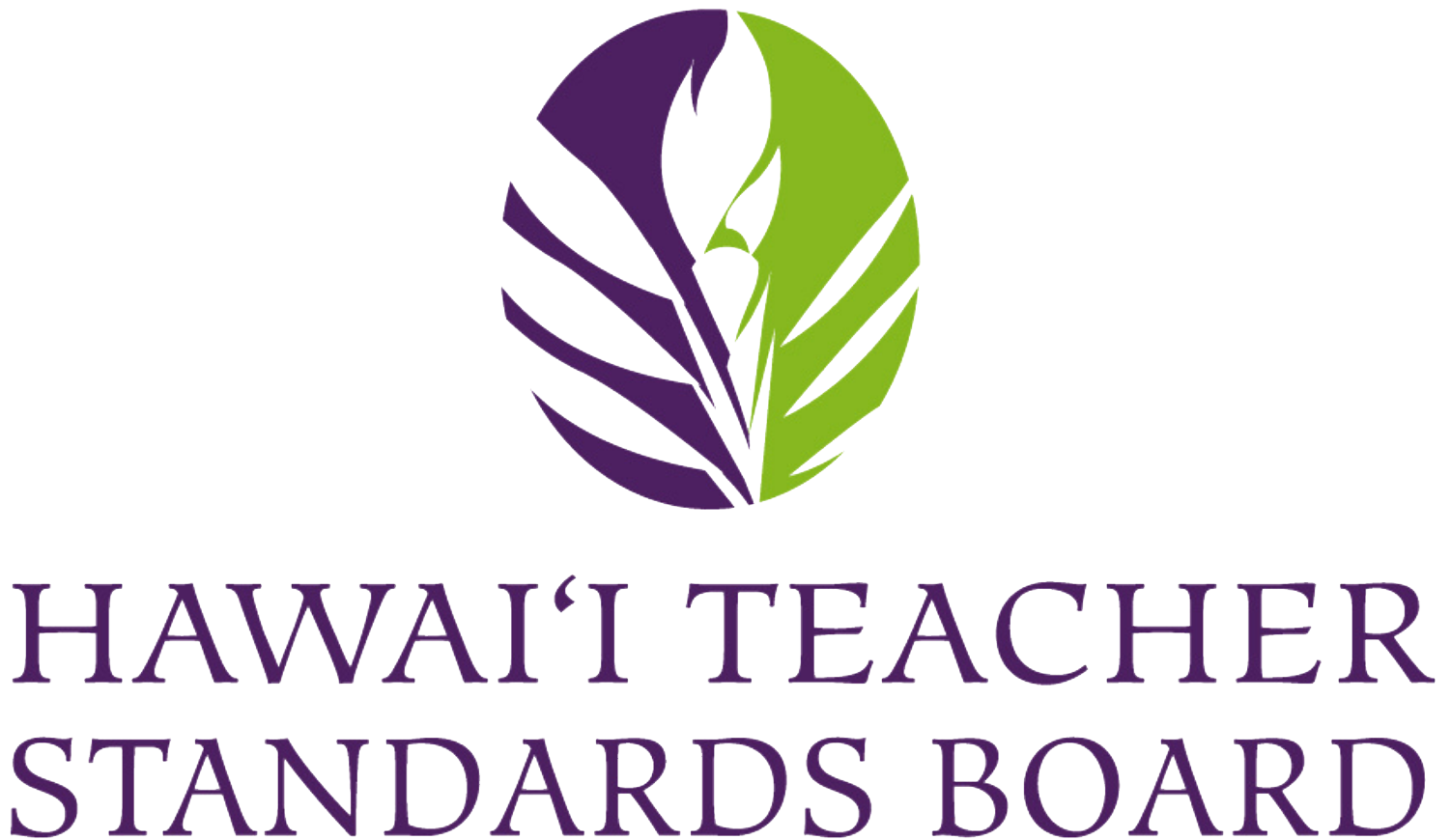About
What is National Board Certification?
Established in 1987, the National Board for Professional Teaching Standards is an independent, nonprofit organization working to advance accomplished teaching for all students. Recognized as the gold standard in teacher certification, the National Board believes higher standards for teachers means better learning for students. (National Board for Professional Teaching Standards, n.d.)
The National Board Certification is a voluntary, advanced credential for teachers in the United States that signifies accomplished teaching according to national standards established by the National Board for Professional Teaching Standards (NBPTS).
Five Core Propositions:
First published in 1989 and updated in 2016, What Teachers Should Know and Be Able to Do articulates the National Board's Five Core Propositions for teaching. The Five Core Propositions - comparable to medicine's Hippocratic Oath - set forth the profession's vision for accomplished teaching. Together, the propositions form the basis of all National Board Standards and the foundation for National Board Certification. (National Board for Professional Teaching Standards, n.d.)
- Teachers are committed to students and their learning.
- Teachers know the subjects they teach and how to teach those subjects to students.
- Teachers are responsible for managing and monitoring student learning.
- Teachers think systematically about their practice and learn from experience.
- Teachers are members of learning communities.
National Board Certification demonstrates accomplished teaching through a rigorous process involving four key components:
- Content Knowledge: Teachers demonstrate mastery of their subject area through a computer-based assessment that measures their knowledge and understanding.
- Differentiation in Instruction: Teachers show how they tailor teaching strategies to meet the diverse learning needs of students.
- Teaching Practice and Learning Environment: Teachers submit videos and reflections to illustrate effective teaching and a supportive classroom environment.
- Effective and Reflective Practitioner: Teachers provide evidence of using assessment data, collaboration, and reflection to improve their practice and student outcomes.
